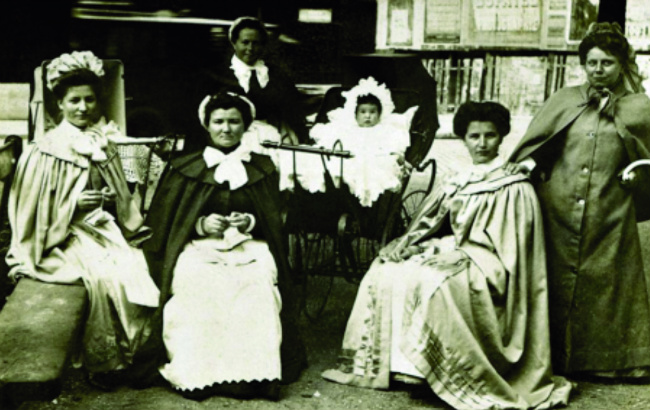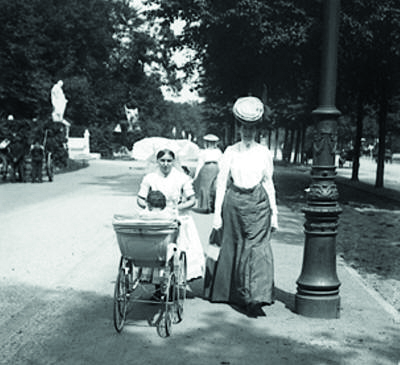Nanny State: History of the Morvan’s Nourrices


Guy Hibbert delves into the Morvan’s little-known past as a breeding ground for nourrices…
If you were a well-heeled Parisian lady in the 18th or 19th century, the last thing you needed to spoil the pleasures of your wealthy bourgeois life was the pesky chore of bringing up baby.
It was quite enough to have survived the ordeal of childbirth! So, as soon as the baby was born (if not before), you would naturally contact a nourrice agency to hire the services of a wet nurse. You could easily afford their wages. Of course, they would require suitably functional, yet polished, clothing. After all, this member of staff would appear in public, so one must not let the standards slip.
Beyond these fleeting considerations, you would most likely be far too preoccupied with the joys of Parisian society life to give much thought to the background of your newest domestique.
BRINGING UP BABY
But if you had, you would have discovered an extraordinary fact: the vast majority of Paris’s nourrices came from one of the poorest parts of the country, the Morvan in Burgundy. Apart from timber from its forests, there was no industry to speak of and the agricultural pickings were meagre. If you were lucky enough to get a job, you would earn a pittance. But the Morvan did have a strange, but ancient, reputation for the quality of its mothers’ milk.

A nourrice in Paris
One by one the region’s young women found their way to Paris, following the ancestral route of the timber conveyed on the Yonne river by barge, where they sought employment directly or via an agency.
Once installed in a fine Parisian household they were well cared for. After all, they oversaw the nourishment of the next in line to the family fortune. They were given clothes the likes of which they had never seen before and a healthy diet (to ensure a good production of milk for a strong baby). They could usually be spotted out for a stroll with their babies in the manicured gardens of Paris and would sometimes accompany the family on holidays. They usually earned three to four times more as wet nurses than they would have back in the Morvan.
Babies were breastfed for four or five years and some nourrices later stayed on with the family as full-time nannies. To become a wet nurse in the first place, of course, they had to have given birth.
For every nourrice employed in Paris there was an abandoned baby back in the Morvan – many of whom could not be supported or fed and died prematurely – or a lonely husband, faced with the loss of his wife and the impending death of his own child. One can only imagine the painful dilemma faced by such young women, desperate to pursue the opportunity of a better life, but at a tragic cost.
Meanwhile, poverty on the streets of 19th-century Paris reached an all-time high; the number of starving children and orphelins (orphans) – think of Cosette in Les Misérables – grew daily, as did infant mortality. Eventually the French state took notice. Thus, another industry developed within the Morvan.
In the early years, nourrices were hired by state agencies to make the arduous journey to Paris to feed these orphans. Later, orphaned babies and young children from Paris were sent to be cared for and brought up in schools and homes in the Morvan until they were 13 years old.
PETITS PARIS
So many of these “Petits Paris” were sent to Burgundy that by the end of the 19th century the population of the Morvan region had swollen by more than 35,000. An official state organisation, the Service des enfants assistés au sein de l’administration de l’Assistance publique, was created in the mid-1800s to look after these orphans, eventually becoming what is now known as the Aide Sociale à l’Enfance.
The Musée des Nourrices in the Burgundy village of Alligny-en-Morvan brings this incredible story to life with poignant photographs, memorabilia and lm interviews with the descendants of these children.
Learn more at the Musée des nourrices et des enfants de l’Assistance publique
From France Today magazine
Share to: Facebook Twitter LinkedIn Email
By Guy Hibbert
Leave a reply
Your email address will not be published. Required fields are marked *



